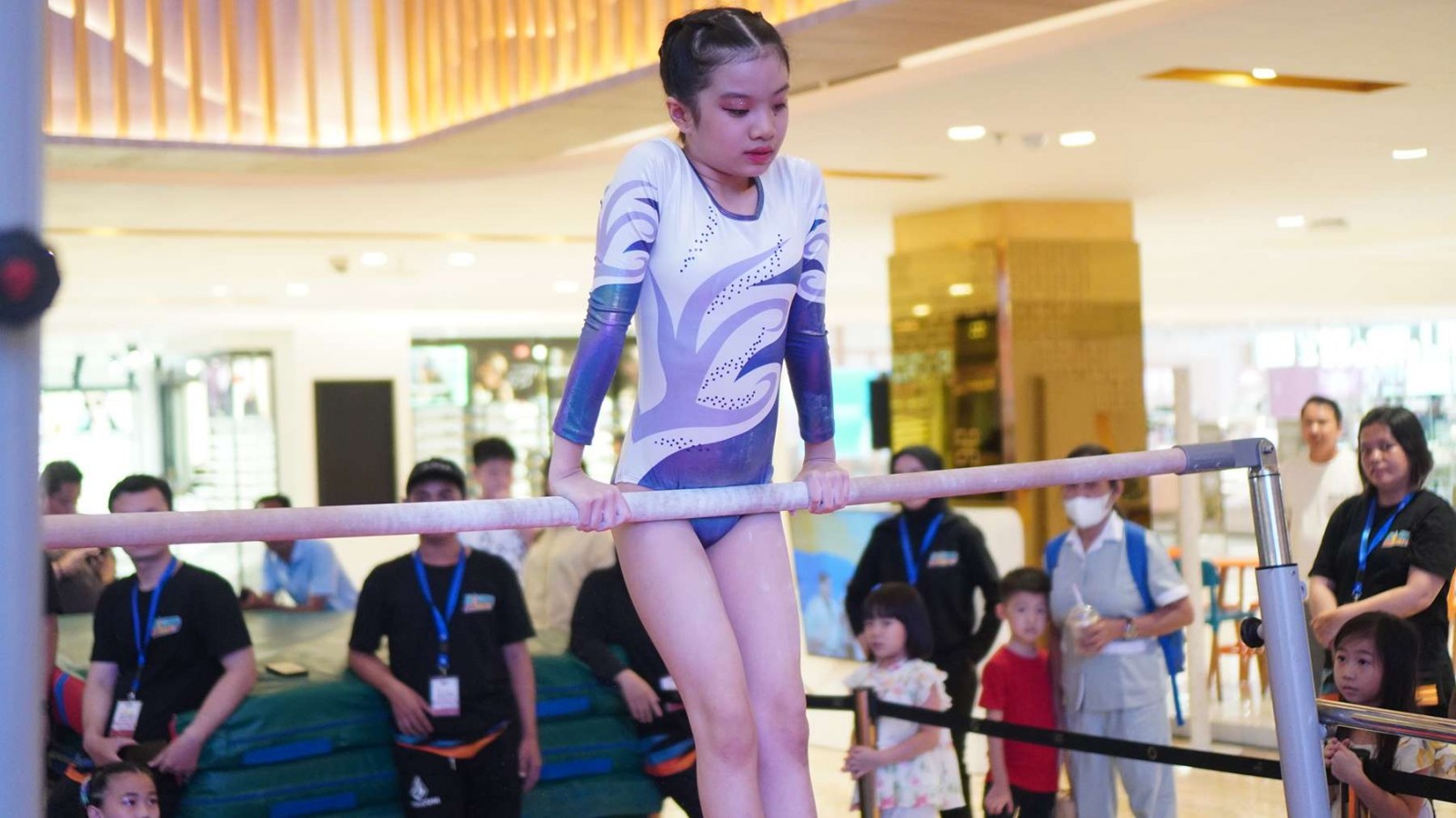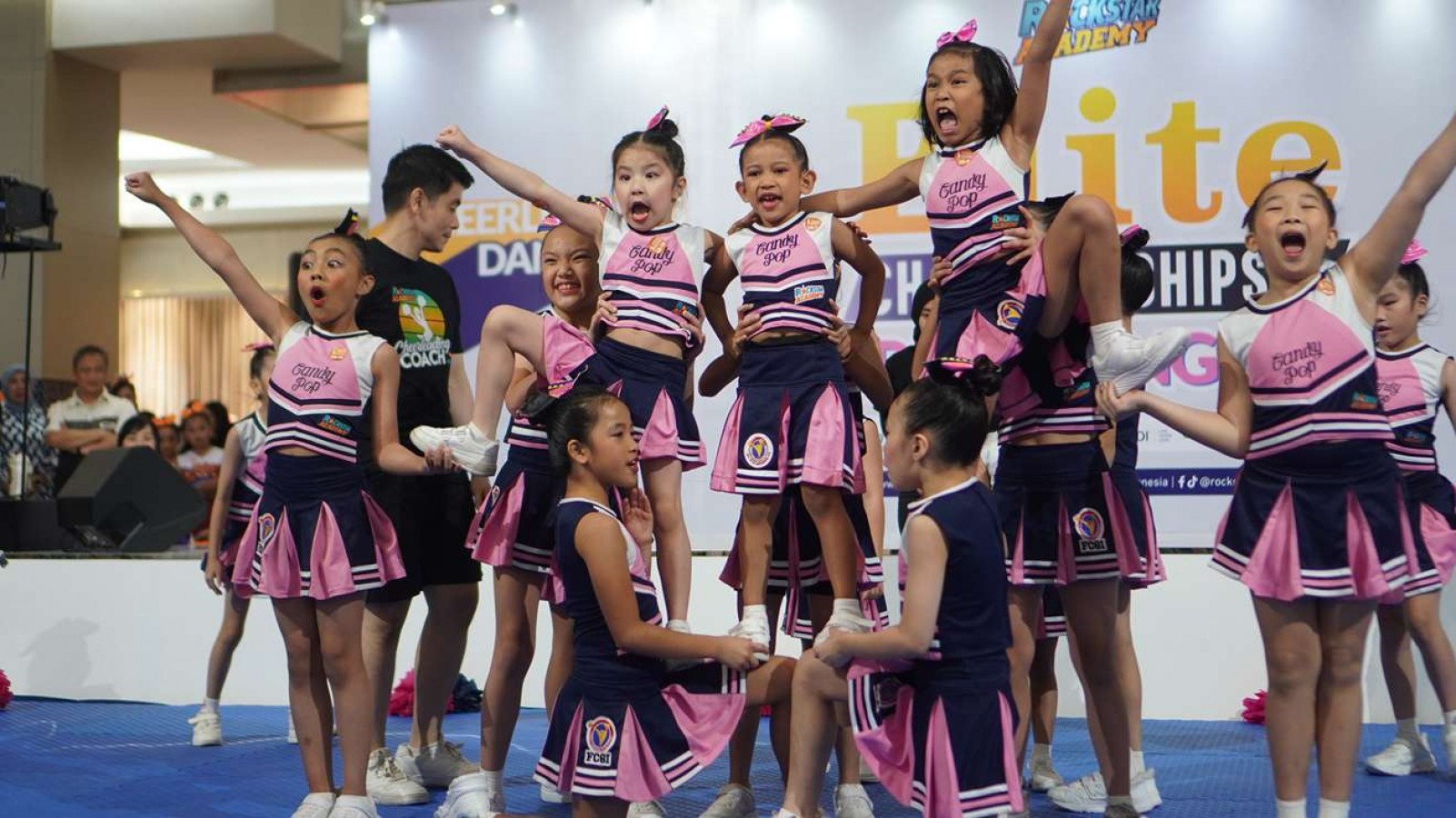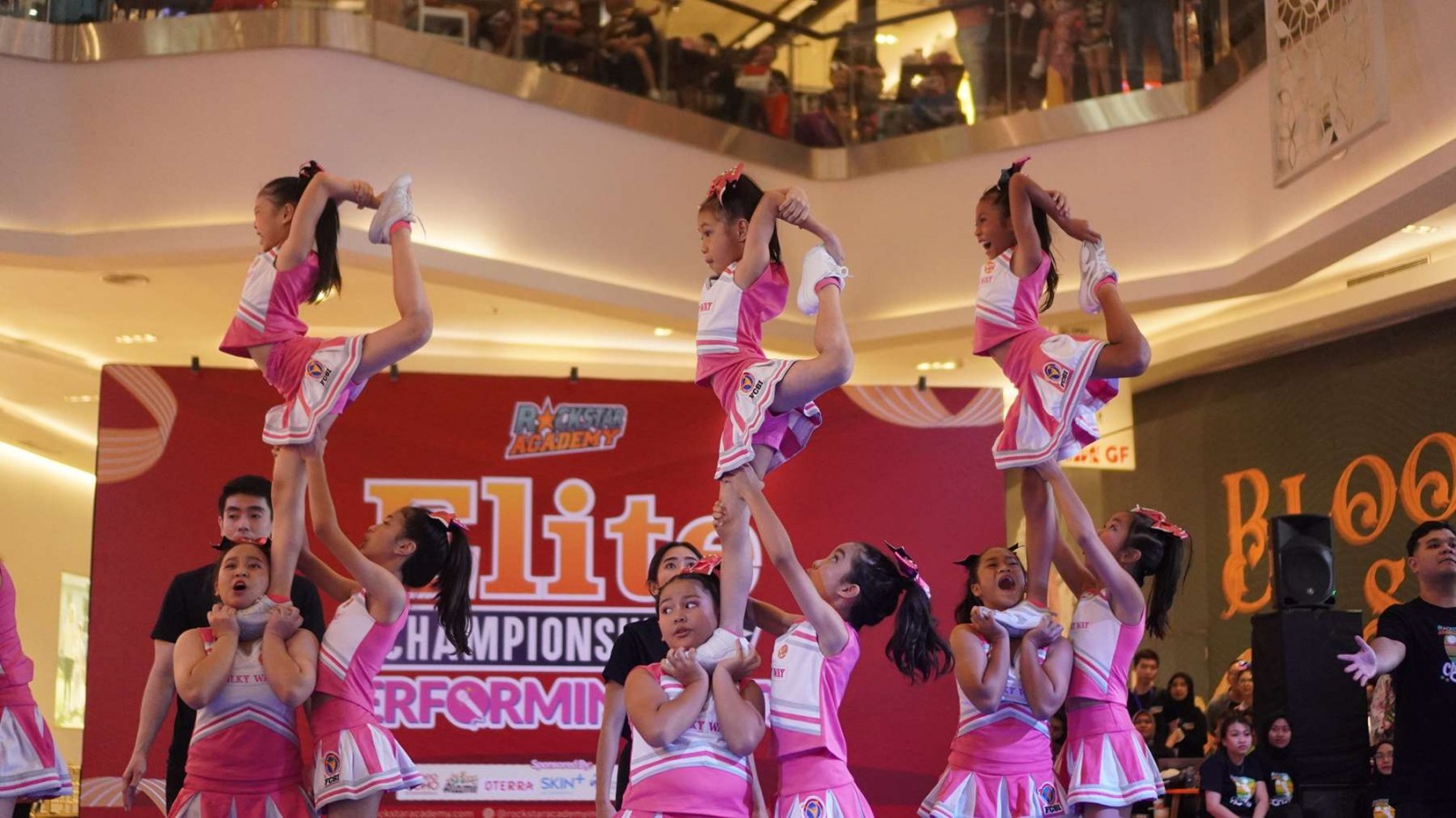How to Use the Uneven Bars in Gymnastics

The uneven bars, also known as the bars, are a captivating and challenging apparatus in artistic gymnastics. As gymnasts gracefully swing, release, and catch themselves on these bars, they showcase strength, flexibility, and precision.
It takes practice and strong muscles to perform this technique, especially on hand muscle strength. This time, we'll explore what the bars are in gymnastics, various grip positions, common bar moves, and how scoring works.
What Are Bars in Gymnastics?
The uneven bars consist of two horizontal bars set at different heights – one higher than the other. Female gymnasts typically compete on the uneven bars, while male gymnasts perform on the parallel bars.
The bars provide a dynamic platform for gymnasts to demonstrate their skills in swinging, releasing, and regrasping with fluidity and control.
Not all gymnastics classes have adequate facilities. Rockstar Academy supports the facilities for the children, and also holds several Gymnastics events and competitions like Gymnastic Testing and Gymnastic Elite Championships.
These events are made to see the development of students to become more courageous and excel in their gymnastic skills.
Grip Positions on the Bars in Gymnastics
Gymnasts utilize various grip positions to execute skills and transitions on the bars. Here are some common grip positions used in uneven bars routines:
1. Regular Grip
In the overgrip position, gymnasts grasp the bar with their palms facing away from their body. This grip provides a secure hold for swinging and performing skills such as giant swings and release moves.
2. Reverse Grip
The undergrip involves gripping the bar with the palms facing towards the body. This grip is often used for transitions between skills and preparing for dismounts.
3. Mixed Grip
The mixed grip combines elements of both overgrip and undergrip, with one hand positioned in each grip. Gymnasts may use a mixed grip to execute complex skills requiring a combination of movements.
4. False Grip
The false grip is a specialized grip where the gymnast's wrists are positioned above the bar, allowing for smoother transitions between skills and facilitating certain release moves.
Several Common Bar Moves in Gymnastics
The bars offer a wide array of skills and combinations that showcase a gymnast's strength, flexibility, and technique. Here are some common bar moves seen in uneven bars routines:
A. Giant Swing
The giant swing involves swinging around the bar in a circular motion, maintaining a straight body position. Gymnasts perform multiple giant swings in succession to build momentum for other skills.
B. Release Moves
Release moves, also known as flight elements, are dynamic skills where the gymnast releases the bar, performs a mid-air maneuver, and regrasps the bar. Examples include Tkachev, Jaeger, and Pak salto.
C. Transitions
Transitions are movements between the high and low bars or vice versa. Gymnasts use various techniques such as casts, stalder swings, and clear hips to transition smoothly between the bars.
D. Dismounts
The dismount is the final skill performed on the bars, where the gymnast releases the bar and executes a somersault or twist before landing on the mat. Dismounts can range from simple to highly complex, depending on the gymnast's skill level.
Scoring on Bars Gymnastics
Scoring on the bars in gymnastics is based on the execution of skills, difficulty level, and artistry. Gymnasts aim to perform routines with precise technique, fluid transitions, and confident execution to maximize their score. Here's how scoring works on the bars:
1. Difficulty Score (D-score)
The difficulty score is based on the complexity and variety of skills performed in the routine. Each skill is assigned a specific value based on its difficulty level, with more challenging skills earning higher scores.
2. Execution Score (E-score)
The execution score evaluates the quality of the routine, including form, technique, and landing. Judges deduct points for execution errors such as bent knees, flexed feet, and steps on landing.
3. Composition and Connection Bonus
Gymnasts can earn bonus points for connecting skills seamlessly and incorporating difficult combinations into their routines. Bonus points are awarded for originality, creativity, and mastery of difficult elements.
4. Artistry and Presentation
Judges also consider the gymnast's presentation, expression, and performance quality when scoring routines. Artistry deductions may be applied for lack of expression, stiffness, or lack of connection with the audience.
Mastering the Bars with Rockstar Academy!
At Rockstar Academy, we offer comprehensive gymnastics programs designed to help gymnasts of all ages and skill levels master the bars and achieve their goals. Our experienced coaches provide expert instruction, personalized feedback, and a supportive training environment to help gymnasts develop strength, technique, and confidence on the bars.
With a wide range of Sports & Performing Arts Academy at Rockstar Academy. Rockstar is pleased to offer Rockstar Academy's free trial which parents may have doubts about the possible facilities, mentors, environment and others.
All this is for the convenience of the children as well as the parents so that they do not choose the wrong academy to attend. Additionally, Rockstar Academy is committed to producing new athletes and supporting children in pursuing their dreams.
So if you are interested, make sure to contact Rockstar Academy right away!
FAQ
Are there weight limits for gymnasts competing on the bars?
There are no specific weight limits for gymnasts competing on the bars. However, maintaining a healthy weight and body composition is essential for optimal performance and injury prevention in gymnastics.
How do gymnasts train for bars routines?
Gymnasts train for bars routines through a combination of strength conditioning, flexibility exercises, skill drills, and routine practice. Coaches provide guidance on technique, spotting, and progression of skills.
What are the safety precautions for practicing on the bars?
Safety precautions for practicing on the bars include proper warm-up and stretching, using grips to protect the hands, ensuring the bars are securely fastened, and practicing under the supervision of a qualified coach.
Can anyone learn to perform skills on the bars?
With dedication, practice, and proper instruction, anyone can learn to perform skills on the bars. However, it's essential to progress gradually, follow proper technique, and prioritize safety at all times.



